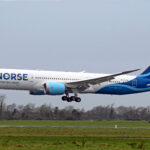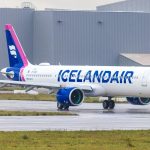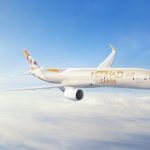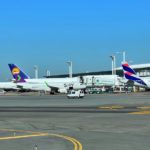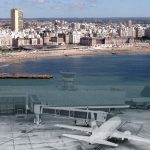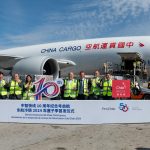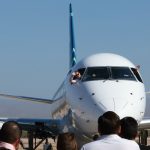When Copa’s invitation arrived, the first thing that comes to mind from a passenger’s point of view is that seven-plus hours on a 737-800 in economy is hard to imagine.
But from a content standpoint, it was an unbeatable opportunity to experience first-hand one of the irreversible trends in commercial aviation and one of the factors that made Copa Airlines work the way it does.
Monday mornings are always complicated, but the holiday helped traffic flow particularly smoothly: it took less than half an hour to get to Ezeiza from the west side of Greater Buenos Aires. Flight CM364 had a departure time of 12:01 and at 9:04 I arrived at the Copa check-in line. The requirements were super simple: full vaccination (I had the fourth dose on Monday, June 13, but it is considered complete with the two original doses) and the QR affidavit of entry to Panama.
A very quick check in and a coffee. At 10am I headed for the boarding area. Security was very fast, immigration was not so fast: the departures to Madrid, Barcelona, London and us were all together. Even so, the process went smoothly and the immigration officer I had to deal with was very friendly. Especially considering that his shift -he told me- had started in the early hours of the morning.
At check-in I had been told that I was on the upgrade list. When I approached the gate, they were just calling me: luckily, they confirmed it and I would try Copa Business on this flight, seated in 4F. We’ll see how different the experience is in this seating class.
By 11:25 I was already on the plane in a process that was quick and orderly. From what I could see, occupancy on the 737-800 was sky high. A glass of juice while boarding was completed and about ten minutes before departure time the plane began the pushback. It was going to take a little while because we were in position 1 and had to cross the entire apron.
Not a second was wasted: the A350s of Iberia and ITA, the 787-9 of Air France, the 787 of American Airlines, the A330 of LEVEL and the imposing Queen of the skies: the 747-8i of Lufthansa. During takeoff, another famous 747 was barely visible: Emtrasur Cargo’s 747, held up and away from the operating platform.
Shortly after takeoff, after crossing Buenos Aires from south to north, the cabin crew approached us and presented us with our lunch options. I chose a beef casserole – stew also goes, reader – with roasted vegetables, poultry mayonnaise and salad. While waiting for the tray, a glass of soda and some delicious toasted almonds.

I took the opportunity to play with the seat, and the truth is that it is very comfortable for the trip: it reclines at a good angle, the footrest is comfortable, it is wide and the distance to the front seat is very generous. The armrests hold the entertainment system, and this is one of the few weak points of this aircraft: the IFE, both in content and performance, falls a little short.
Reduced catalog and a touch screen that does not respond adequately to what one wants to do, both for speed of response and for the lack of precision of the buttons. In the MAX this system changed (I promise the review of the 737-9 we used on the return trip), but the user experience kills any good intention and maybe this product (737-800) deserves a renewal of what is offered to the passenger. I was not able to see the ones in Economy, but they should not differ much from what is installed in Business. What is noteworthy is the connecting flight information: for Copa’s business scheme, fundamental information.
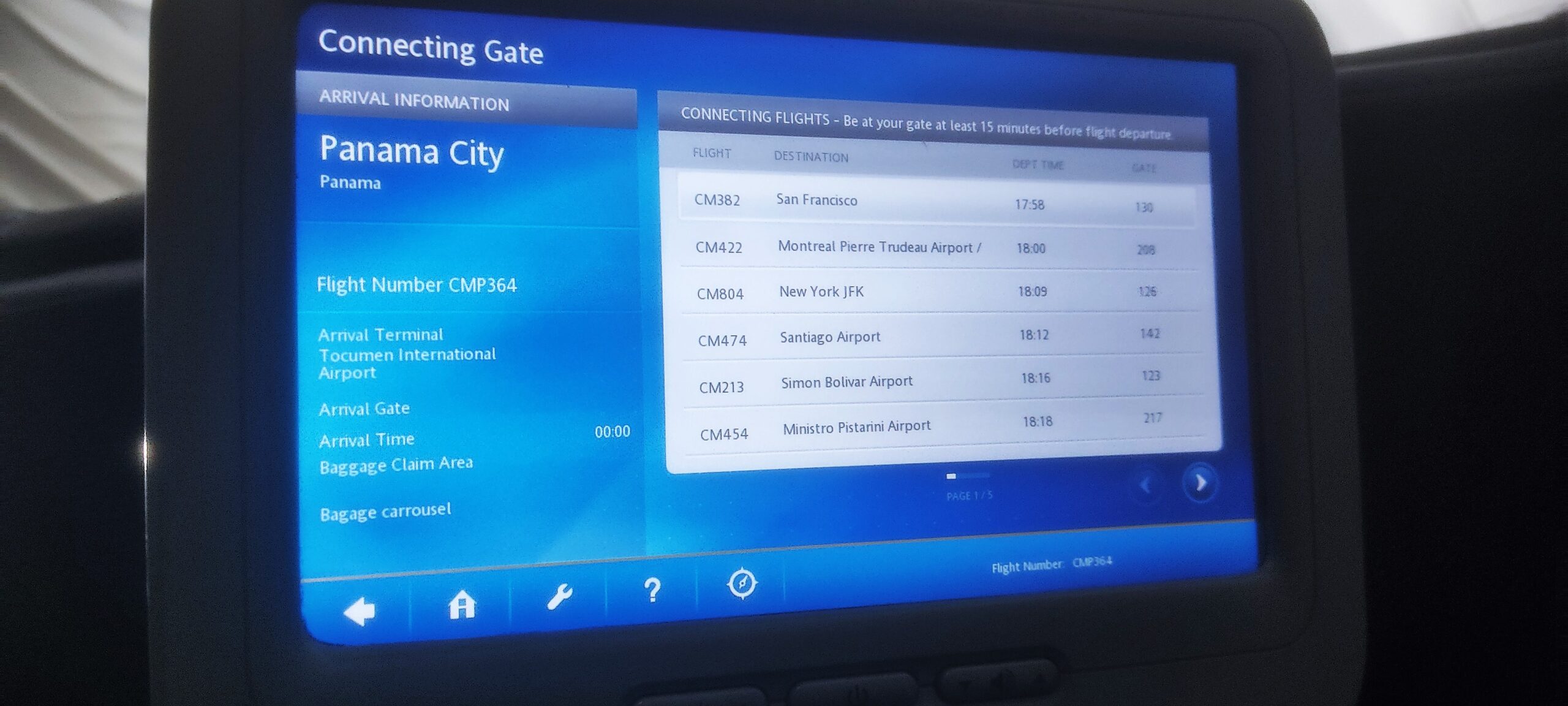
A little while after the almonds, lunch arrived: tasty in general, plentiful and varied. The meat was not outstanding, but the grilled vegetables were very, very good. Among the drink options, I found a healthy middle ground: a Corona. Because with some moderation, you have to enjoy yourself while you are still alive.
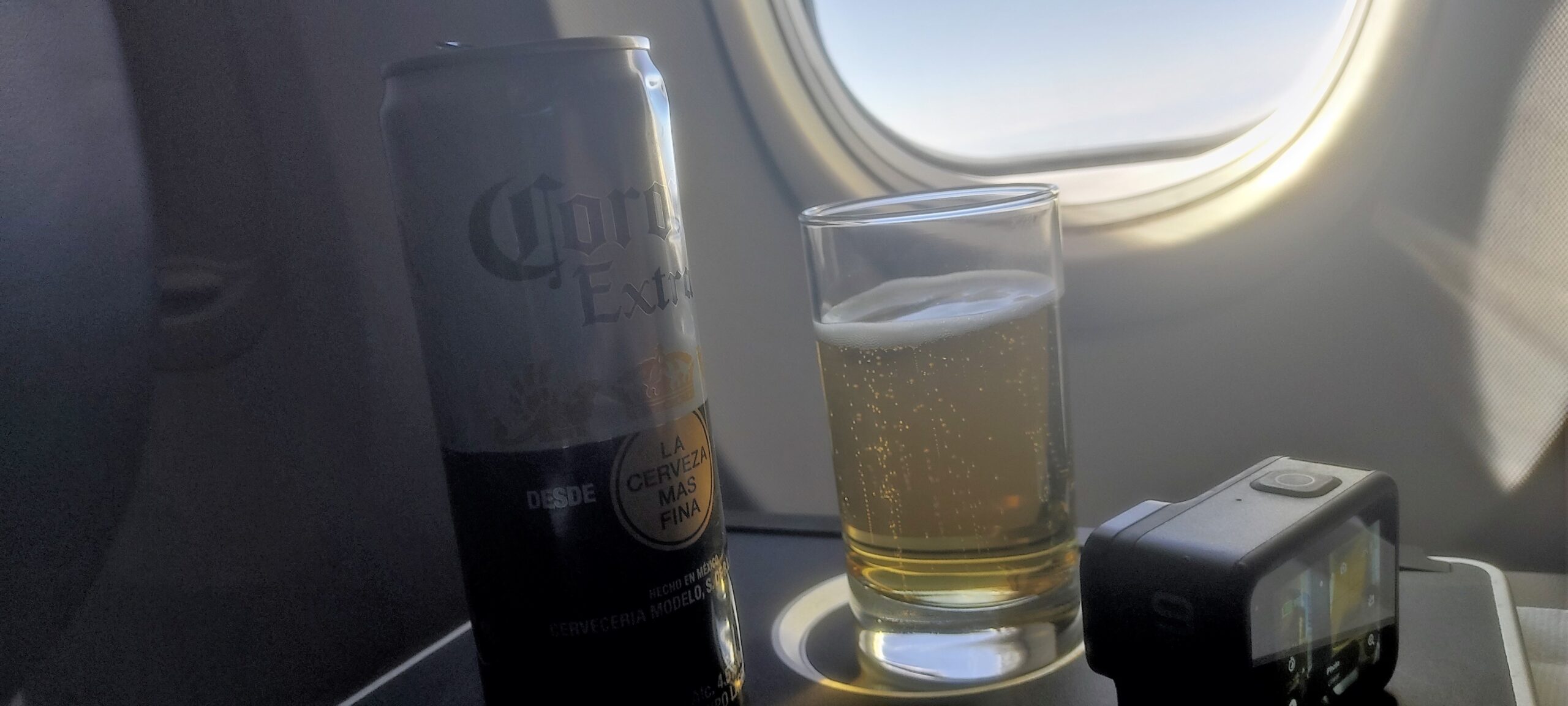
Just two and a half hours after takeoff, the main point of the service was accomplished. The crew took care of the 16 class seats with efficiency and friendliness.
As the beer began to strongly suggest a nap – I’m getting old and it’s starting to show in these little details – and with five hours of flight time ahead of me, I reviewed the reasons for Copa’s success in its continental connectivity strategy. And the truth is that it makes sense.
Panama’s privileged geographic position does the rest, but Copa chooses not to complicate life with double-aisle aircraft for the average passenger who doesn’t think about luxury to get from point A to point B. He is looking for multiple connections, good prices, good service. And in that sense, Copa delivers. Which is a lot.
There are more than a few who believe that such a long trip on a single-aisle plane borders on torture. It may not be the least claustrophobic experience in the world, but unless you’re scurrying around the plane because there’s no way you’re going to stay in your assigned seat, other details make a difference, not the number of rows and seats.
At one point, if you think about it, it’s advantageous: fewer passengers on your flight means fewer people waiting in the same line to pick up your luggage, go through immigration, or take the shuttle out of the airport. On the other hand, it’s the direction the industry is headed: the more efficient the narrowbody, the more point-to-point routes.
That’s where Copa showed its intelligence: squeezing the most out of a 737 by getting it to Buenos Aires was unthinkable 10 to 15 years ago. Both the -800 on which I am writing these lines and the -9 that will return me to Argentina are the first line of a sensible operation with the wishes of the sensible passenger in the first place. Because let’s not lose sight of that detail: both you, the reader, and I, and the vast majority of travelers in the world, asked for this. And we asked for it knowing what it entailed.
The massification of air transportation was made possible both technologically and culturally: today we get on a plane paying a fraction of what a ticket cost 20 years ago -regardless of the business model- because we do not need 400-seat mastodons and four engines to connect point A with point B. Four engines for the distance, 400 passengers to spread the cost.
And while there are exceptions to the rule, they are just that: exceptions. Seventy years ago a trip to Europe involved three stopovers if you were lucky. Today, except in a very specific situation or if you are one of us who enjoys spending hours connecting just for the sake of it, it is unthinkable to go beyond two stopovers to get anywhere from anywhere.
Since ETOPS was invented, there have been no more good-looking people, as the saying goes, and it’s a bit true. More fuel efficient and more powerful engines made it possible to fly farther at lower cost. The Airbus A321XLR and the 737-10 (if it arrives at the party on time, although the bowling alley is about to put the slow ones on and has not yet entered) will be the most perfect exponents of this balance.
We asked to fly cheap and direct and it was granted: the next step of evolution was to adapt the interior of the aircraft to the new reality. More seats in the same fuselage. Fewer luxuries, ancillary services on demand, pay-as-you-go. The industry shifted the focus from service justifying the ticket price to, well, a ticket price justifying the service. And in the end, that’s not bad.
Copa takes all of this quasi-philosophical discussion and translates it into a service that is sensible and correct. It lacks nothing, it lacks nothing. It meets the expectations of those who are clear about this paradigm. For those who retain the nostalgia of princely service, clearly there are long-distance double-aisle options that, for the right price, will take them to a dream experience.
In the context of the region, with operators entering the low-cost long-haul segment and legacy operators suffering today from a competitive crisis that they will have to solve immediately, Copa is in a healthy middle ground: a comfortable, correct and intelligent service.




